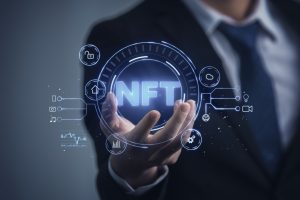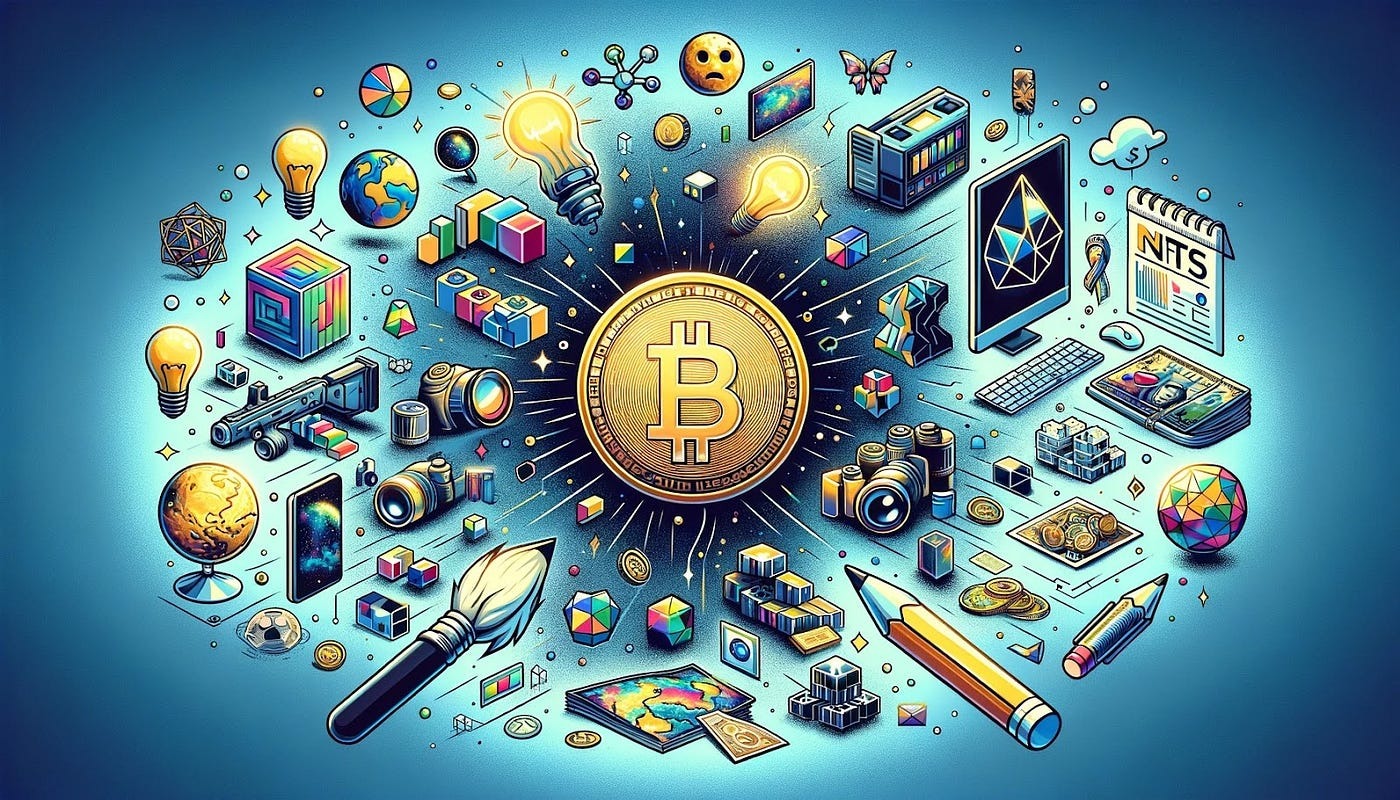NFTs and Ethereum A Deep Dive into the Technology Behind Digital Collectibles
The explosion of NFTs (Non-Fungible Tokens) has reshaped how we consider virtual ownership, art, or even funding. This evolution within the digital collectibles marketplace is powered by means of Ethereum, a decentralized blockchain platform that allows these particular tokens to thrive. Understanding the technology behind NFTs and their reliance on Ethereum is famous now not simply how virtual collectibles work but also their potential effect on the destiny of virtual assets. Here’s a deep dive into the generation that makes all of it possible.
What Are NFTs?
NFTs are particular virtual property that constitutes possession of a specific item or piece of content. Unlike cryptocurrencies which include Bitcoin or traditional fiat currency, every NFT is “non-fungible,” meaning it’s one-of-a-type and can not be at once replaced or exchanged for any other token of equal cost. Each NFT has a completely unique identifier that proves its authenticity and possession, which can constitute something from digital artwork, songs, and videos to in-sport objects and domains.
How Ethereum Powers NFTs
Ethereum’s clever settlement functionality is at the center of ways NFTs operate. When a user creates or “mints” an NFT, a smart agreement is generated, encoding all relevant records approximately the asset, which include ownership details, transaction records, and any additional features like royalties for creators. This statistics is recorded at the Ethereum blockchain, providing a transparent, decentralized ledger that everybody can view.
Key Elements of Ethereum That Support NFTs:
- Smart Contracts: Smart contracts allow NFTs to automate complicated processes, from moving possession to paying royalties to artists whenever the NFT modifications palms.
- ERC-721 Standard: This standard presents a template for creating non-fungible tokens, every with a unique ID. It’s the number one enormous that gave rise to early NFT projects like CryptoKitties and paved the way for others.
- ERC-1155 Standard: ERC-1155 allows for the advent of both fungible and non-fungible tokens beneath one settlement. It’s typically used in gaming, in which players may want each specific (guns or armour) and fungible (forex) items.
How NFTs Are Created and Traded on Ethereum
The NFT advent method includes “minting,” which is the act of publishing a unique token on the Ethereum blockchain, making it available for sale or exchange. Here’s a simplified breakdown of the stairs concerned:
- Minting the NFT: An artist or creator makes use of virtual pockets to hook up with an Ethereum-based complete platform, including OpenSea or Rarible. They add their digital document, upload metadata (name, description, and so on.), and provoke the minting manner. The platform makes use of Ethereum’s clever agreement standards to create a new token that’s now tied to the uploaded record.
- Gas Fees: Minting NFTs on Ethereum requires gas charges, which are payments to Ethereum miners who validate and technique transactions in the community. These charges range primarily based on demand but are essential for securing the blockchain.
- Buying, Selling, and Ownership Transfer: Once minted, the NFT can be listed on marketplaces. Buyers use Ethereum to buy the asset, and the ownership facts are updated on the blockchain. This transaction, recorded on Ethereum’s ledger, is irreversible and obvious.
Benefits of NFTs and Ethereum
NFTs powered through Ethereum offer extraordinary advantages that motivate them to attractive to lenders, artists, and traders alike:
- Royalties for Artists: Ethereum’s clever contracts enable royalty payments, making sure that artists reap a portion of the income on every occasion their works are resold.
- Decentralized and Secure: Ethereum’s decentralized nature makes it proof of opposition to fraud and censorship, and defensive creators’ and creditors’ rights.
- Global Market Access: Ethereum-based totally NFT systems provide artists and creators with admission to an international target market, reworking the art marketplace and giving creators greater management over their paintings.

Challenges and Future Potential
While Ethereum’s infrastructure has been crucial in the upward thrust of NFTs, it faces numerous demanding situations. High fuel fees, environmental troubles, and community congestion were elements of the opposition. However, Ethereum circulates to an evidence-of-stake (PoS) consensus mechanism through Ethereum 2.0 objectives to cope with these issues, decreasing electricity intake and decreasing gas charges.
Additionally, advancements in layer-2 answers, like Polygon, are helping to ease the load on Ethereum, making NFT transactions faster and extra cheap. The evolution of those technologies will in all likelihood make NFTs even extra available, increasing their applications in areas like actual property, identification verification, or even highbrow asset rights.
Conclusion
NFTs and Ethereum together have created a paradigm shift in how we perceive virtual ownership, artwork, and collectibles. Ethereum’s blockchain offers the infrastructure needed to authenticate, defend, and transfer NFTs securely, with clever contracts ensuring creators are rewarded for his or her art work even after the preliminary sale. As technology advances and the Ethereum ecosystem evolves, we can expect to look for even extra modern applications and lower barriers to entry, making NFTs a possible asset for absolutely everyone interested in the digital economy.

